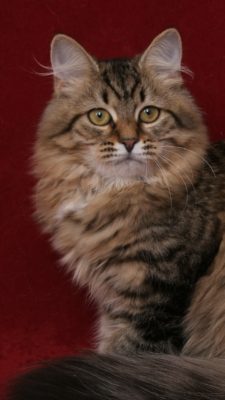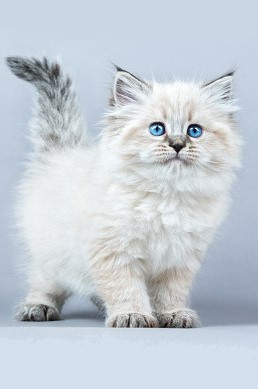Siberian
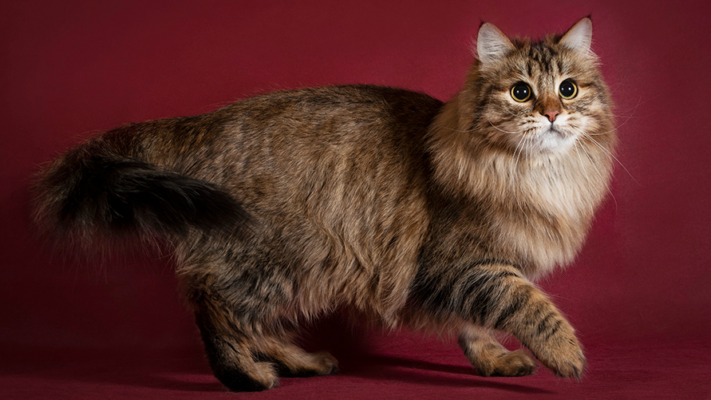
Siberian cats are loyal, discreet, independent, and love communication with people around them. Representatives of this breed like to live in a family where they will be well cared for and tasty food. These peaceful giants are great for families with children. Kids love these big fluffy lumps that want to hug, squeeze and kiss all the time.
Table of Contents
Breed Information
| Origin | Russia |
| Size | Males 30-33 cm Females 28-31 cm |
| Weight | Males 7-10 kg Females 5-6 kg |
| Fur Type | Semi-long-haired |
| Color | All colors and coat patterns |
| Lifestyle | Outdoors, indoors |
| Lifespan | 12-15 years |
| FIFe Classification | Category II: “Semi-long-haired” Breed designation – SIB |
| WCF Classification | Group 2: “Semi-long-haired” Breed designation – SIB |
| TICA Classification | SB |
| Group | Long-haired cats, cats for kids, cats for apartments (docile cats), cats for allergic people (hypoallergenic) |
| Price | $1200-2500 |
Breed Photos
Origin History
Siberian cat is a Russian breed; the name itself speaks for itself. Representatives of this breed belong to aboriginal breeds, those that appeared naturally without human intervention. No one knows exactly where these fluffy giants come from. There is an opinion that the ancestors of Siberians are wild forest cats that lived in the taiga.
The breed is very popular in Russia. Even Dmitry Medvedev, when choosing a pet, stopped on this breed. The former prime minister decided to name the Siberian cat Dorofei. Officially the breed was recognized only in the late 90s of the twentieth century when breeders were able to identify the features that distinguish the breed from conventional cats.
Appearance
The Siberian cat is a perfect mix of a ballet dancer and a soccer player. They are big cats, but they jump the best. The Siberian breed is one of the biggest cats, second in size only to the Maine Coon. Representatives of this breed can weigh more than ten pounds. Because of their size, they sometimes take about five years to grow fully.
These cats’ eyes are large and intelligent, slightly pointed upward, which is a distinctive feature of Siberian cats. When you look from the side at such a cat, you can immediately see a slight curvature of the back because their back paws are slightly longer than their front paws. It is this curve that makes them such nimble and athletic cats.
The coat of the Siberian cat may be of different colors, but it will always be three-layered. A unique feature of Siberian cats is that they produce fewer antigens that cause allergies in humans than other breeds. If you are prone to allergies, do not worry, you can safely coexist with them in one room because Siberian cats are hypoallergenic.
Character
Siberian cats are loyal, discreet, independent, and love communication with people around them. Representatives of this breed like to live in a family where they will be well cared for and tasty food. These peaceful giants are great for families with children. Kids love these big fluffy lumps that want to hug, squeeze and kiss all the time. Siberian cats are prone to domination, so they do not get along well with other pets. They tend to prey on small animals because of their pronounced hunting instinct.
Care
Siberian cats shed a lot, especially in winter when the coat is thickened and in summer too, fleeing in this way from the heat. Representatives of this breed shed a lot of hair; it is everywhere and everywhere. A robot vacuum cleaner in the house will be your salvation; it will help you eliminate an incredible amount of hair in your apartment. Cats should be brushed regularly with a special brush; the more often, the better. It is desirable to accustom the pet to combing since childhood. Specialists recommend bathing the cat once every three months with a special shampoo.
Siberian cats are big fans of sharpening their claws. It is necessary to have several claws in the house; otherwise, the last ones will be your furniture and walls. But even with claw pads, you should not forget to help the cat with claws – trim them as necessary.
Siberian cat is not well suited for keeping in a city apartment. These animals are freedom-loving, need large personal space and the possibility of regular walks.
Education
Siberian cats cannot live without constant physical activity. These animals are great cat catchers, so that they will be indispensable helpers in the country house. It is very important to accustom the Siberian cat to the scratching post; it will save the room it lives in from systematic destruction.
Common Diseases
The Siberian cat is a healthy breed that, under good keeping conditions, can live up to 20 years. Urolithiasis is dangerous for their health, as it often leads to kidney failure. Sometimes their intestines can become clogged with hair. The animal usually gets rid of it by itself through the gag reflex, but you can help it by making it drink vegetable oil but in no case castor oil.
If an animal is left alone or motionless for a long time, it may develop hyperexcitability or hyperactivity. In old age, Siberian cats may develop shortness of breath, sluggishness, lethargy, coughing, which usually indicates heart and vascular disease. In such cases, it is necessary to consult a veterinarian.
Nutrition
The food preferences of an adult Siberian cat depend on what she ate when she was a kitten. It is necessary to train a cat to the right diet from childhood. Regardless of the owner’s choice in favor of dry food or natural food, the Siberian cat should be given a bowl of special grass in addition to the main food. This grass can be bought in a pet store; it is a fiber, vitamin, and folic acid source. A bowl of fresh water should always be available to the cat.
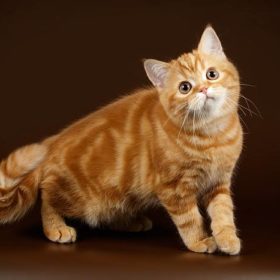 Scottish Straight
Scottish Straight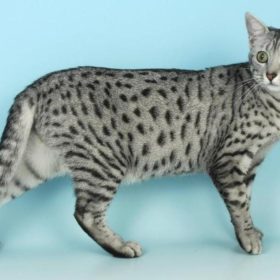 Egyptian Mau
Egyptian Mau Turkish Van
Turkish Van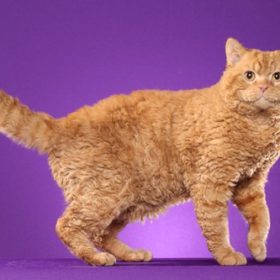 Selkirk Rex Shorthair
Selkirk Rex Shorthair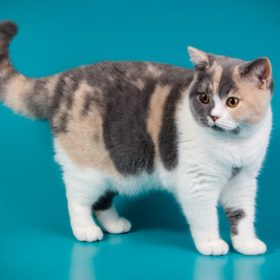 British Shorthair
British Shorthair Maine Coon
Maine Coon